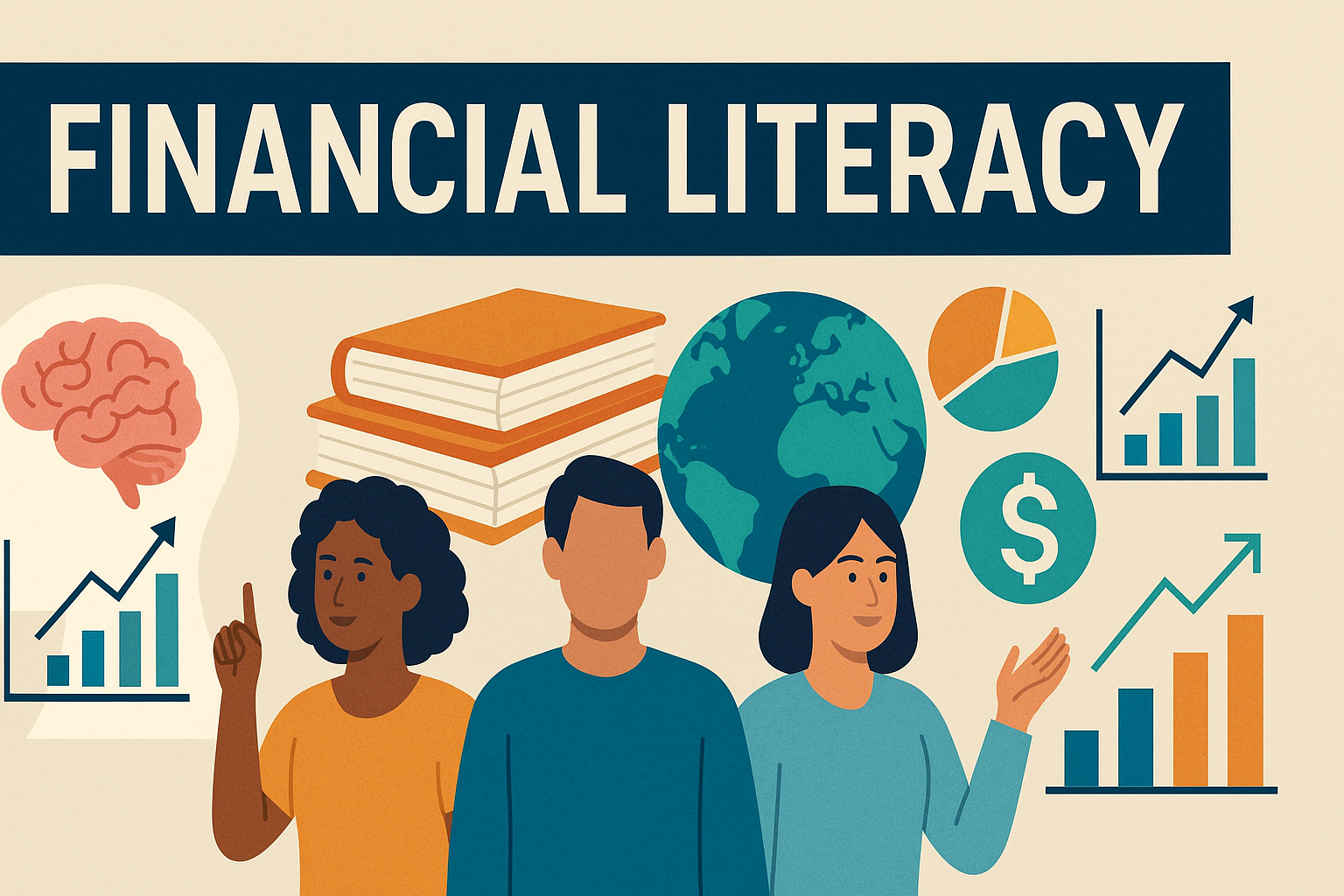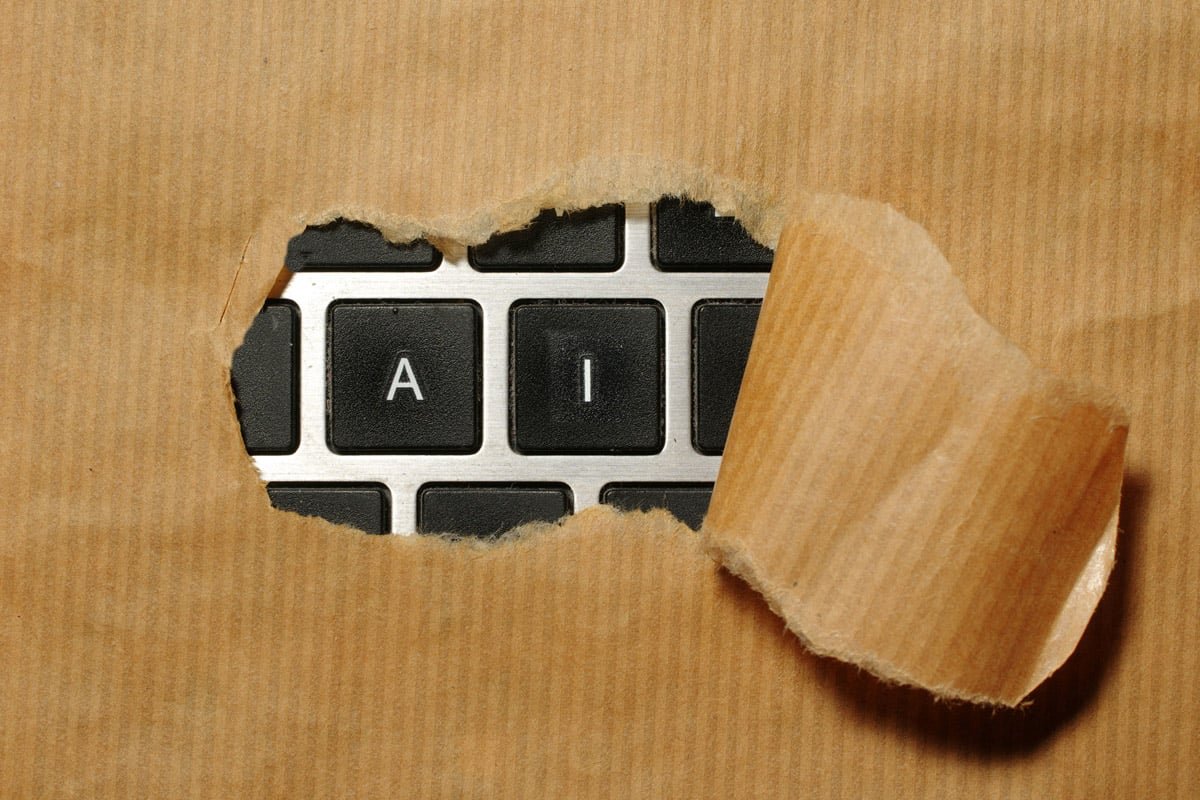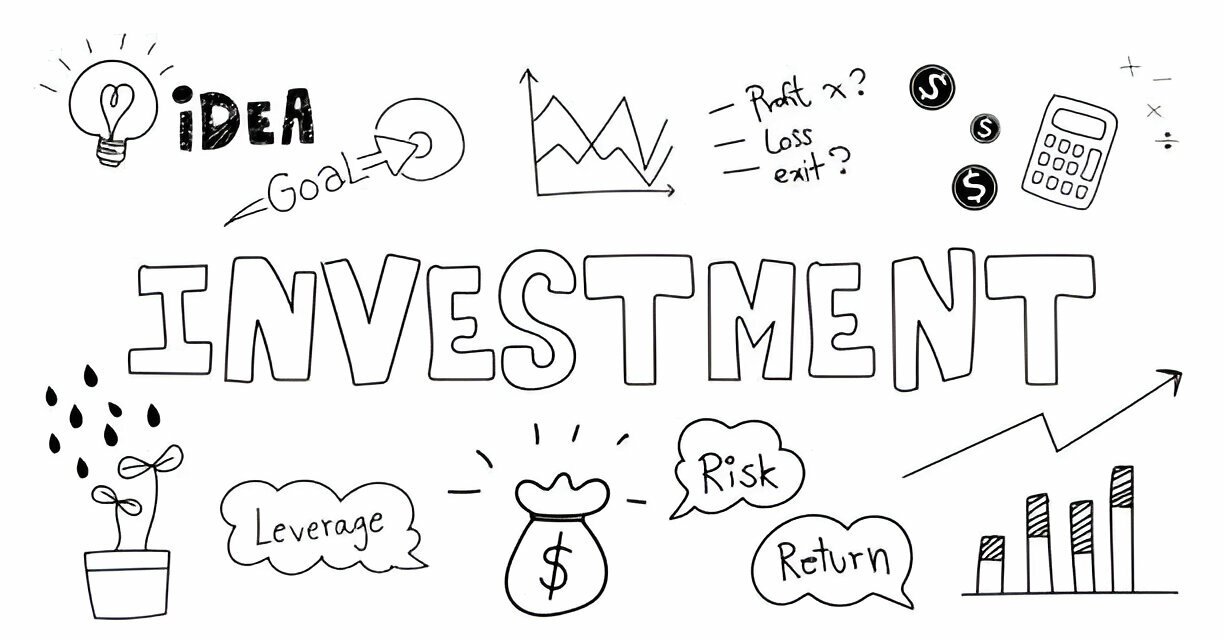Emergency Fund vs. Investing: How to Balance Both Financial Goals
Personal finance decisions are rarely black and white, and perhaps no dilemma illustrates this better than the classic debate between building an emergency fund versus investing for the future. I’ve seen countless individuals struggle with this balance, often feeling like they’re falling behind on one goal while pursuing the other.
The reality is that both emergency funds and investing serve critical but different purposes in your financial life. After analyzing years of market data and observing various economic cycles, I’ve developed a framework that helps individuals optimize both goals without sacrificing their long-term financial security. More From Mobelwealth: Investing for Beginners: Complete Guide to Getting Started
Understanding the Purpose of Each Financial Goal
The Emergency Fund: Your Financial Safety Net
An emergency fund serves as your financial foundation – a buffer against life’s unexpected expenses. Unlike investments, this money needs to be immediately accessible and protected from market volatility. The primary purpose isn’t growth; it’s preservation and liquidity.
According to the Federal Reserve’s 2022 Report on the Economic Well-Being of U.S. Households, approximately 37% of Americans would struggle to cover a $400 emergency expense without borrowing money or selling something. This statistic alone demonstrates why emergency funds remain crucial, regardless of your investment portfolio’s performance. More From Mobelwealth: Complete Guide to Building Your First Investment Portfolio in 2025
Investing: Building Long-Term Wealth
Investing, on the other hand, is about growing your wealth over time to achieve long-term financial goals like retirement, buying a home, or funding education. The key difference is time horizon and risk tolerance. While investments can lose value in the short term, historically, diversified portfolios have provided superior returns over extended periods.
The S&P 500 has delivered an average annual return of approximately 10% over the past 90 years, according to data from NYU Stern School of Business. However, this comes with volatility – the market has experienced significant downturns roughly every 7-10 years.
The Opportunity Cost Dilemma
One of the most challenging aspects of this decision is understanding opportunity cost. Every dollar sitting in a savings account earning 0.5% interest is a dollar not potentially earning 10% in the stock market. However, every dollar invested is also a dollar not available for immediate emergencies.
Let me illustrate this with a practical example: If you have $10,000 and choose to invest it all instead of keeping half as an emergency fund, you might earn an additional $500 annually in returns. But if an emergency strikes and you’re forced to sell investments during a market downturn, you could lose significantly more than that $500.
Finding the Right Balance: A Strategic Approach
The Traditional 3-6 Month Rule: Still Relevant?
The conventional wisdom suggests maintaining 3-6 months of expenses in an emergency fund. However, this one-size-fits-all approach doesn’t account for individual circumstances. Based on my analysis of various economic scenarios, I recommend a more nuanced approach.
Factors that should influence your emergency fund size:
- Job stability and industry volatility
- Number of income sources
- Health status and insurance coverage
- Family size and dependents
- Housing situation (rent vs. mortgage)
- Overall debt levels
The Balanced Approach: My Recommended Framework
Rather than viewing this as an either-or decision, I advocate for a phased approach that evolves with your financial situation:
Phase 1: Foundation Building (Months 1-3) Start with a $1,000 emergency fund while simultaneously investing small amounts. This provides basic protection while establishing the investing habit. Even investing $50-100 monthly during this phase can compound significantly over time.
Phase 2: Parallel Building (Months 4-12) Once you have basic emergency coverage, split your savings between emergency fund growth and investments. A 60/40 split (60% emergency fund, 40% investments) works well during this phase. This approach ensures you’re making progress on both fronts without completely sacrificing either.
Phase 3: Investment Acceleration (Month 13+) After reaching your target emergency fund, shift focus primarily to investments while maintaining the emergency fund through high-yield savings accounts. At this point, 80-90% of additional savings should go toward investments.
Market Timing Considerations
One critical factor often overlooked is market timing in relation to your emergency fund strategy. During market downturns, having a robust emergency fund becomes even more valuable. The 2020 pandemic perfectly illustrated this principle.
According to the Bureau of Labor Statistics, unemployment peaked at 14.7% in April 2020, while the S&P 500 dropped approximately 34% from its February highs. Individuals with adequate emergency funds could maintain their investments during this period, eventually benefiting from the market recovery. Those without emergency funds were often forced to sell investments at significant losses to cover expenses.
Optimizing Your Emergency Fund
High-Yield Savings Accounts: Maximizing Returns
While emergency funds shouldn’t be invested in volatile assets, they don’t need to sit in accounts earning minimal interest. High-yield savings accounts currently offer rates between 4-5% APY, according to Bankrate’s survey data. This represents a significant improvement from the near-zero rates of recent years.
The Laddered CD Strategy
For portions of your emergency fund beyond immediate needs (months 4-6 of expenses), consider a laddered CD strategy. This involves purchasing certificates of deposit with staggered maturity dates, providing higher returns while maintaining reasonable liquidity.
Investment Strategies While Building Emergency Funds
Dollar-Cost Averaging: Your Best Friend
While building your emergency fund, continue investing through dollar-cost averaging. This strategy involves investing fixed amounts regularly, regardless of market conditions. Research from Vanguard shows that dollar-cost averaging can reduce the impact of market volatility over time, making it ideal for balancing multiple financial goals.
Target-Date Funds: Simplicity Meets Efficiency
For individuals juggling emergency fund building and investing, target-date funds offer an excellent solution. These funds automatically adjust risk levels based on your target retirement date, requiring minimal management while you focus on building your financial foundation.
Common Mistakes to Avoid
Mistake 1: All-or-Nothing Approach
The biggest error I see is treating this as a binary choice. Some individuals pour everything into investments, leaving themselves vulnerable to emergencies. Others become so focused on emergency fund building that they miss years of potential investment growth. More From Mobelwealth: The Rule Of 72 Chart For Investing
Mistake 2: Lifestyle Inflation
As income increases, many people inflate their emergency fund requirements unnecessarily. If your monthly expenses are $3,000, you don’t need a $50,000 emergency fund. This excess money could be working harder in investments.
Mistake 3: Ignoring Insurance
Proper insurance coverage can significantly reduce emergency fund requirements. Health, disability, and property insurance act as additional safety nets, allowing you to maintain smaller emergency funds and invest more aggressively.
The Psychology of Financial Security
Understanding the psychological aspect of this balance is crucial. Financial security isn’t just about mathematics; it’s about peace of mind. Some individuals sleep better with larger emergency funds, even if it means slightly lower investment returns. This psychological comfort has value that purely financial calculations can’t capture.
Research from the Consumer Financial Protection Bureau indicates that individuals with adequate emergency funds report 40% less financial stress and make better long-term financial decisions. This emotional stability can lead to more consistent investing habits and better overall financial outcomes.
Adapting Your Strategy Over Time
Your emergency fund versus investing balance should evolve with your life circumstances. Major life changes warrant strategy adjustments:
Career Changes: Transitioning to less stable employment or starting a business may require larger emergency funds temporarily.
Family Growth: Adding dependents typically increases both emergency fund needs and long-term investment requirements.
Approaching Retirement: As retirement approaches, maintaining larger cash reserves becomes more important due to reduced earning potential.
Technology and Automation: Making Balance Easier
Modern financial technology can simplify this balancing act. Apps like Mint and YNAB help track both emergency fund growth and investment contributions. Automated transfers can ensure consistent progress on both goals without requiring constant decision-making.
Many brokerages now offer cash management accounts that provide checking account functionality while earning higher interest rates, effectively bridging the gap between emergency funds and investments.
Tax Considerations
While emergency funds don’t offer tax advantages, the accounts holding them can impact your overall tax strategy. High-yield savings accounts generate taxable interest, while money market accounts may offer slightly different tax treatment. These considerations become more important as your emergency fund grows larger.
Creating Your Personal Action Plan
Based on this analysis, here’s how to create your personalized balance:
Step 1: Calculate Your True Emergency Fund Need Analyze your monthly expenses, job stability, and existing safety nets to determine your optimal emergency fund size.
Step 2: Assess Your Current Situation Determine how much you currently have in emergency savings and investments.
Step 3: Set Monthly Allocation Targets Based on your phase (foundation, parallel building, or investment acceleration), set specific monthly targets for each goal.
Step 4: Automate Everything Set up automatic transfers to remove emotional decision-making from the equation.
Step 5: Review and Adjust Quarterly Regularly assess your progress and adjust allocations based on changing circumstances.
The Long-Term Perspective
Remember that this balance is temporary. Once you establish adequate emergency reserves, the majority of your focus can shift to investing. The key is not letting perfect be the enemy of good – making progress on both fronts is better than optimizing one while neglecting the other.
Historical data shows that individuals who maintain this balance throughout their careers typically achieve better long-term financial outcomes than those who focus exclusively on either emergency funds or investing. The security provided by emergency funds enables more aggressive investment strategies, while consistent investing creates the wealth necessary for true financial independence.
The emergency fund versus investing dilemma doesn’t require choosing sides. Instead, it requires strategic thinking, proper planning, and consistent execution. By understanding the role each plays in your financial life and implementing a phased approach, you can build both financial security and long-term wealth simultaneously.
Your financial future depends not on perfecting this balance immediately, but on starting the process and adjusting as you learn and grow. The most important step is beginning – both your emergency fund and your investment portfolio will thank you for it.
Frequently Asked Questions
Q: How much should I have in my emergency fund before I start investing? A: Start with at least $1,000 in emergency savings, then begin investing small amounts while building your full emergency fund. You don’t need to wait until you have 6 months of expenses saved before investing – this parallel approach helps you make progress on both goals simultaneously.
Q: What’s the ideal percentage split between emergency fund building and investing? A: This depends on your current financial phase. In the foundation phase (first 3 months), focus 70-80% on emergency fund building. During parallel building (months 4-12), aim for a 60/40 split favoring emergency funds. Once you reach your target emergency fund, shift 80-90% of additional savings to investments.
Q: Should I invest my emergency fund to earn higher returns? A: No, emergency funds should never be invested in volatile assets like stocks. The purpose is immediate accessibility and capital preservation. However, you can optimize returns through high-yield savings accounts (currently 4-5% APY) or short-term CDs for portions beyond immediate needs.
Q: How do I know if my emergency fund is too large? A: If your emergency fund exceeds 6-8 months of expenses and you have stable employment, good insurance coverage, and multiple income sources, you might be holding too much cash. Consider investing the excess while maintaining an appropriate safety net for your situation.
Q: What constitutes a real emergency for using my emergency fund? A: True emergencies include job loss, major medical expenses not covered by insurance, essential home repairs, car repairs needed for work, or other unexpected expenses that can’t be covered by your regular income. Vacations, holiday gifts, or planned purchases are not emergencies.
Q: Should I pause investing to rebuild my emergency fund after using it? A: If you use a significant portion of your emergency fund (more than 50%), temporarily reduce investment contributions to rebuild it quickly. For smaller uses, you can maintain regular investing while gradually replenishing the emergency fund through increased savings.
Q: How does having debt affect the emergency fund versus investing balance? A: High-interest debt (credit cards, personal loans) should generally be prioritized over investing, but maintaining a small emergency fund ($1,000-2,000) prevents you from accumulating more debt during emergencies. Once high-interest debt is eliminated, you can focus on building your full emergency fund and investing.
Q: What’s the best account type for an emergency fund? A: High-yield savings accounts are ideal for most emergency funds, offering FDIC insurance, liquidity, and competitive interest rates. Money market accounts and short-term CDs can work for portions of larger emergency funds, but avoid anything with penalties for early withdrawal or market risk.














Loading comments...
Leave a Comment(Login required)